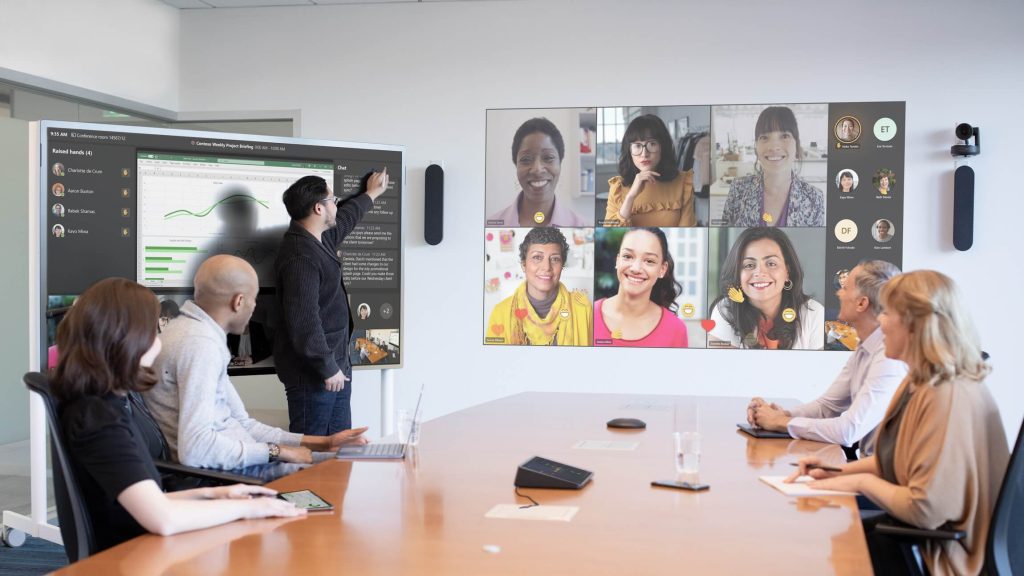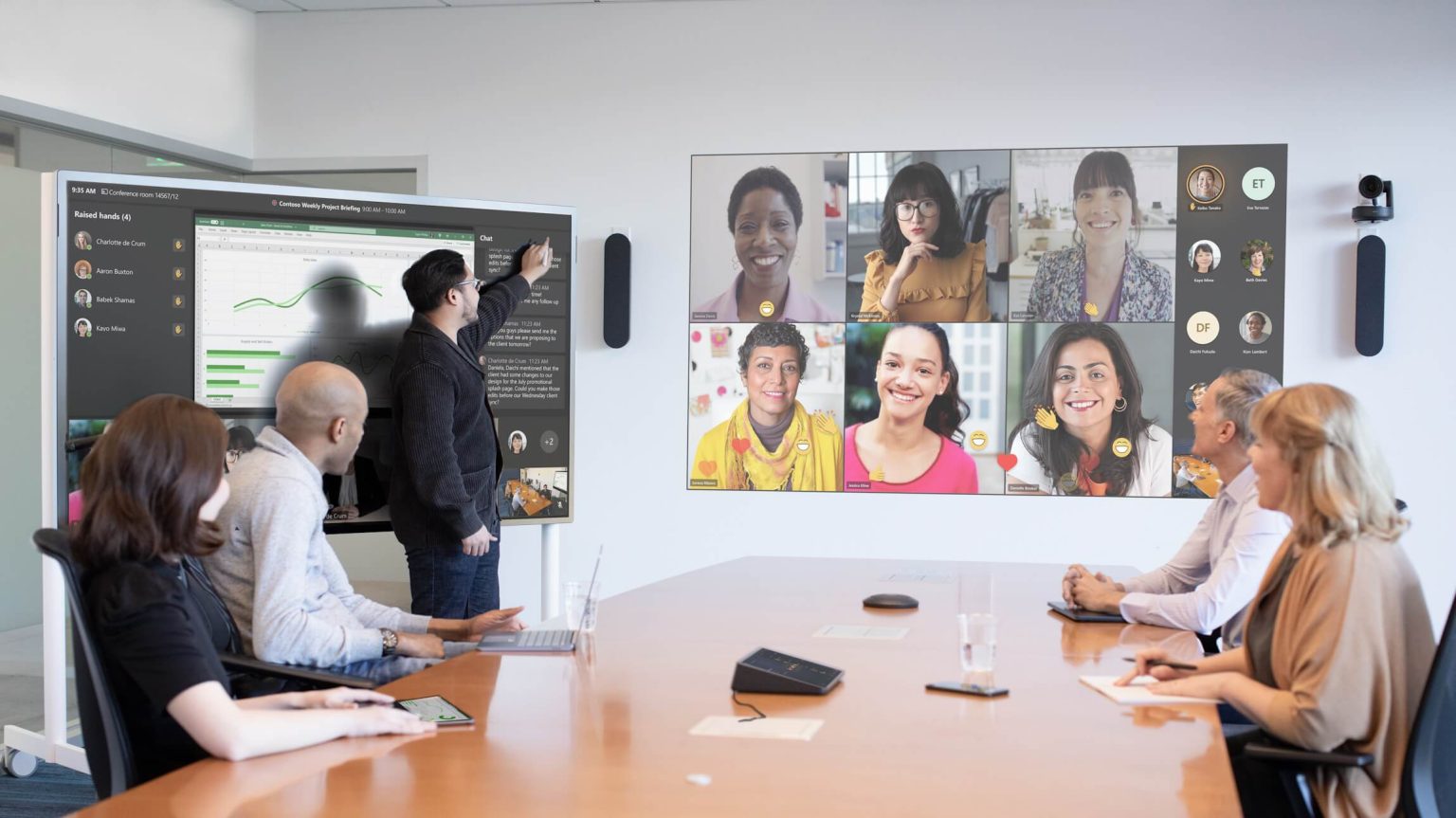
As hybrid work becomes the new normal, organizations are rapidly shifting from physical office spaces to digital environments. This transition calls for a strategic rethink of how work gets done, how teams collaborate, and how company culture is preserved. The solution lies in building Digital Headquarters (Digital HQs)—cloud-based hubs that serve as the central nervous system of the modern workplace. A Digital HQ offers an immersive, tech-driven experience that connects hybrid teams, supports productivity, and reinforces organizational identity regardless of location.
Understanding the Digital HQ –
A Digital HQ is more than a collection of communication tools—it’s an integrated digital environment where employees collaborate, access resources, manage workflows, and engage in the cultural fabric of the organization. It replicates the structure and energy of a physical office in a virtual setting, ensuring that work remains seamless and human-centric. Unlike legacy systems or isolated tools, a Digital HQ is intentionally designed to be the go-to space for everything from project discussions to social connections.
The Need for Digital HQs in the Hybrid Era –
Hybrid work has changed how and where work happens. With employees distributed across homes, offices, and time zones, organizations face the challenge of maintaining collaboration, visibility, and engagement. Traditional office models can’t support this flexibility, while scattered digital tools create silos. A well-constructed Digital HQ breaks down these barriers. It provides a centralized, always-accessible space that empowers hybrid teams to stay connected, aligned, and productive. As work decentralizes, the Digital HQ becomes the new epicenter of organizational life.
Key Components of a Digital HQ –
To truly function as a digital headquarters, the virtual environment must include several foundational elements. Unified communication is crucial—tools like Slack, Microsoft Teams, and Zoom enable synchronous and asynchronous interaction, making real-time collaboration seamless. Next, shared digital workspaces like Notion, Google Workspace, or Miro provide platforms for brainstorming, planning, and document co-creation. Integration is equally important; a true Digital HQ connects with business apps, automates workflows, and centralizes data access to reduce redundancy and improve efficiency.
Fostering Culture in a Digital Setting –
A key differentiator of a Digital HQ is its ability to sustain and express company culture. This involves recreating the informal, spontaneous interactions of a physical workplace—think virtual watercoolers, team shoutouts, and emoji reactions. Digital HQs can host employee recognition programs, virtual team-building games, and culture-centric events to keep morale high and ensure a sense of belonging. Platforms that support these efforts help build a shared identity even when teams are physically apart.
Creating Immersive Digital Experiences –
Immersive experiences are vital to ensuring engagement and productivity in a Digital HQ. Organizations are increasingly leveraging virtual spaces such as Gather or Virbela to simulate physical office layouts and enable natural interaction through avatars. These platforms add a layer of presence and social cues that enhance remote engagement. Additionally, AI-powered analytics and feedback tools can provide insights into employee well-being and collaboration patterns, allowing leaders to proactively address friction points and improve the digital employee experience.
Ensuring Security and Compliance –
With work taking place across various devices and networks, security is non-negotiable in a Digital HQ. Companies must implement robust security protocols, including identity management, multi-factor authentication, and data encryption. Tools like Okta or Microsoft Entra help maintain access control while ensuring compliance with data regulations such as GDPR or HIPAA. A secure digital environment builds employee trust and protects sensitive business information, laying the groundwork for safe, scalable hybrid operations.
Conclusion –
As the workplace continues to evolve, the Digital HQ represents the next frontier in enabling agile, connected, and culture-driven work. It goes beyond technology by fostering meaningful experiences that keep hybrid teams engaged and aligned. By investing in a thoughtfully designed Digital HQ, organizations not only improve operational efficiency but also create a resilient digital culture where people can thrive from anywhere. The future of work is not about where we work—it’s about how we connect, create, and collaborate in a borderless, tech-enabled world.


